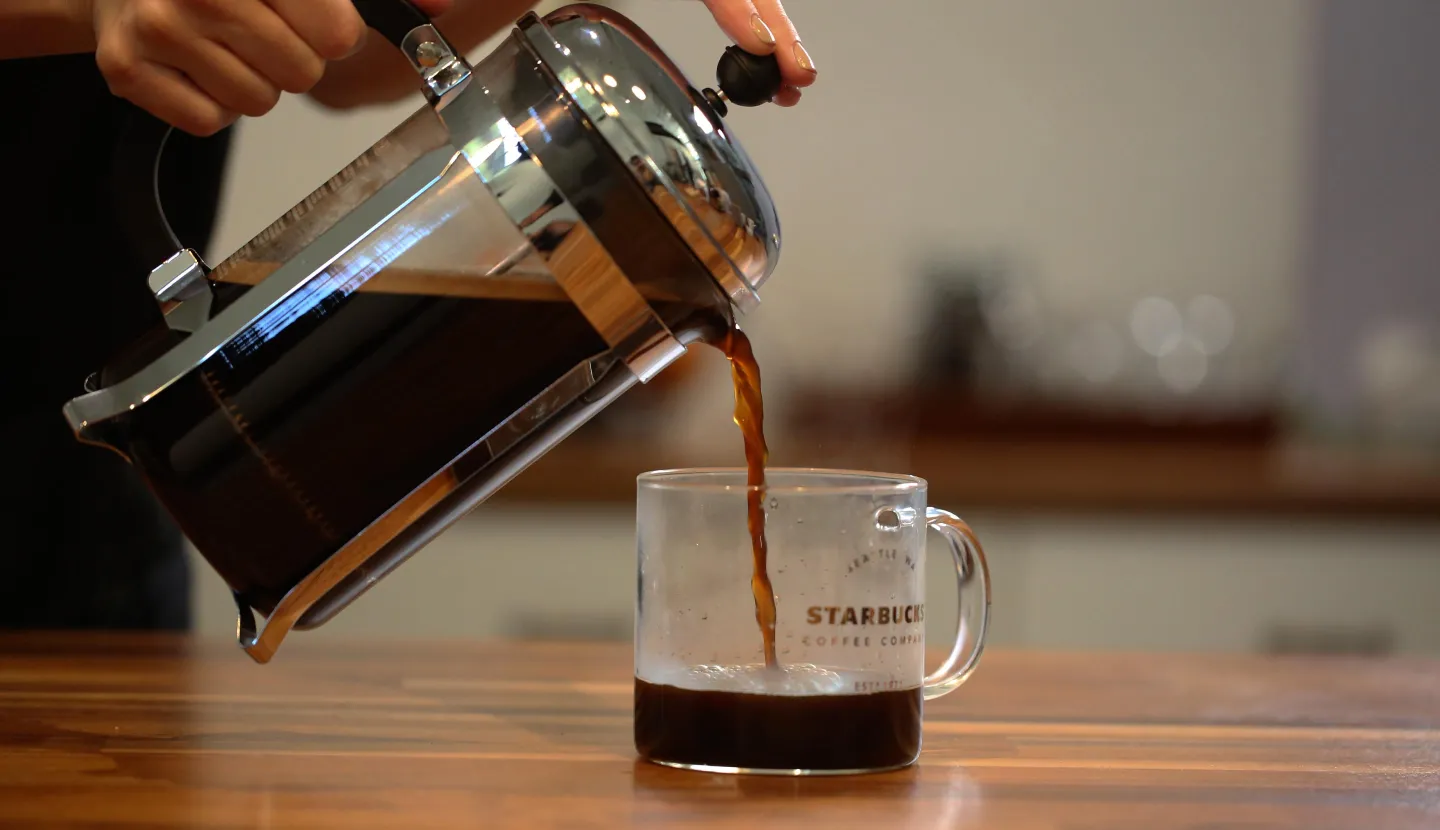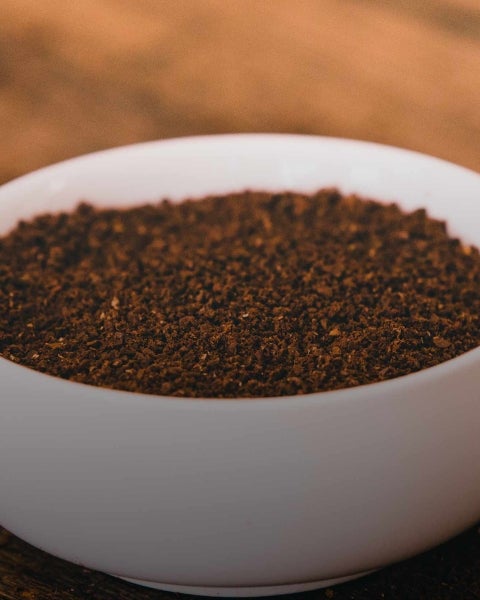Nestlé uses Starbucks trademarks under license. Keurig and K-Cup are trademarks of Keurig Green Mountain, Inc., used with permission. Pike Place is a trademark of The Pike Place Market PDA, used under license. NESPRESSO® is a registered trademark of Société des Produits Nestlé S.A. All other trademarks are the property of their respective owners.
THE FOUR FUNDAMENTALS
Proportion, Water, Grind, Freshness
If you’ve ever brewed a fresh cup of coffee only to find that it’s sometimes too strong, too weak or too bitter, you’ve come to the right place. Whether you enjoy the simplicity of drip coffee or more advanced methods of brewing, making the perfect cup of coffee comes down to four fundamental elements—proportion, water, grind and freshness.

Proportion | How to Measure Coffee for Brewing
Proportion (the ratio of coffee to water) allows the flavor of coffee to come through, resulting in a rich, aromatic and balanced cup. Use too little coffee, and you’ll end up with a bitter cup. Use too much coffee, and you’ll get a cup with a weak body and an off, sometimes sour flavor.
BASICS
We recommend using 2 tablespoons of ground coffee for every 6 fluid ounces of water.
PRO TIP
If you want a weaker brew, use the proportion above and dilute with hot water after brewing. That way, the finest flavors are still extracted from the beans.

Water | What Kind of Water to Use for Brewing
Coffee is 98 percent water, so the quality of the water you use matters in bringing out the full flavor and taste of each cup.
BASICS
Start with cool, fresh, preferably filtered water. If brewing with a method other than a drip or espresso machine, use the water right after boiling (between 195°F and 205°F).
PRO TIP
Avoid distilled and mineral water when brewing.
- Distilled is too pure and will make coffee taste bitter.
- Mineral will bring its own flavors to the cup, distracting from the coffee.

Grind | Finding the Right Grind for Brewing Method
The grind helps determine how long the coffee and water are in contact and how much flavor is extracted. It’s essential to grind your beans to fit your brewing method. Otherwise, too fine of a grind may create a slightly bitter coffee, while too coarse of a grind may make for a slightly sour, grassy-tasting coffee. It’s equally important that the grind is consistent. Consider choosing a burr grinder over a blade grinder to achieve a uniform grind each time.
BASICS
Proper grind is determined by brewing method:
- Coffee press: Course (like kosher salt)
- Drip/moka pot/Chemex®: Medium (like cornmeal)
- Pour-over/cone: Fine (like table salt)
- Espresso: Extra fine (like powdered sugar)
PRO TIP
Grind just before brewing to preserve the coffee’s flavor. Whole beans have less surface area, and therefore less exposure to the air.

Freshness | How to Store Coffee Beans
BASICS
Never store coffee in a refrigerator or freezer. Moisture in those appliances condenses onto the coffee each time they’re opened, extracting the coffee’s flavor.
- Before you brew: Store in an airtight container that doesn’t allow any light in and use within a week of opening.
- Once brewed: Store off heat in an insulated carafe for few hours. Never reheat.
PRO TIP
Unopened whole-bean coffee and ground coffee will last in our bags for 34 weeks. For the finest flavor, brew within one week of opening.
Now that you have the fundamentals, put what you’ve learned into practice. Explore our brewing guides with step-by-step instructions.
WATCH




